Authenticity, authenticity, authenticity. Hardly a day goes by when I don’t read or hear something about the necessity of authenticity in brand storytelling. Before the words pot and kettle come to mind, I most certainly have written, typed and thought about authenticity a lot too. So much so that I can’t help but think that this buzz word is losing its buzz.
Think about it: We’ve seriously tired of that “authentic” aesthetic that oversaturated our bars, restaurants, boutiques and Instagram feeds with reclaimed wood and Edison bulbs. Well, 2017 is well and truly in full flight, and while that crafty vibe I’m describing that was so keenly coopted by brands between 2010 and 2015 has been on the slow ebb for a couple of years, a fresh tide of Pepto Bismol pastels, Millennial Pink, sunny yellows, lush greenery, clean lines, white backdrops and of touches of metallics are forging a new and more playful approach to authenticity.
Within today’s very image-driven content culture, considering the shifting meaning of authenticity in content and storytelling in these very visual terms can be very helpful as a way to think of the bigger storytelling picture. Because while that stereotypical hipster aesthetic played off notions of craft and artisanship to display authenticity, what has come in its wake uses an aesthetic of healthful, colorful freshness and playfulness to telegraph transparency and unpretentiousness in a much softer and organic way. And if Paris trend agency Peclers is to be believed, it’s a visual outlook that is set to stick around, as their Spring/Summer 2019 color story Gracieuse showcases a slew of soft pinks, yellows, blues and greens.
Behind this aesthetics shift? The rise of Generation Z. Whereas Millennials spearheaded the artisan economy and “authentic” products, Generation Z consumers who are now coming into their early 20s are more interested in a different type of authenticity, one that comes from nature but also from transparency in technology. While Millennials revived interest in the product as a meaningful purchase with a provenance and interesting backstory, Gen Z consumers are far more concerned with efficiency, functionality and whether a product is worth the spend. For Generation Z, trust therefore doesn’t come from buying into an intricately woven story, but from peer opinion, and, more specifically influencers who have already used the product and offer a “transparent” opinion on a product.
Content producers, hold on to your hats, because ultimately what that signals is a shift in power from strictly brand-led narratives to the influencer-shared narratives. Simply put, it’s a stock in influence that sees its echoes in the current surge of cross hybridization between online media properties and e-commerce sites. As everybody from the New York Times to Refinery 29 and the Man Repeller have taken to selling products, and retail sites such as Net-a-Porter have jumped into editorial, expertise has taken on greater importance. What allows content producers to transfer their skillset into e-commerce and vice versa? Their high level of industry expertise and knowledge. We’re not talking what the French so neatly dub savoir-faire or know-how with regards to craftsmanship, but more of a curatorial knowledge, an insider’s expertise (whether from writing about products or buying and selling products) as to what makes a product story-worthy or purchase-worthy. So, for example the product sold via a media property gains value from the fact a trusted, knowledgeable source has curated it for sale, while the retailer showcases knowledge by showing a curatorial and editorial eye. Call it a side-effect of our content-swamped world, where we want others to help us filter what is worth our time.
What does this all mean for the storyteller? Yes, authenticity as the Millennials have shaped it is certainly losing its power, but it will always have its place. After all, it will always be important for luxury and heritage brands to tout their craft to some extent. However, for most others, attention needs to swing towards knowledge as capital and brand stories to stem from knowledgeable experts, insiders and sources. That also means less surface-level, sweepingly romantic brand narratives and more in-depth, features-driven content.
Yes, consumers have always been attracted by an invitation into a brand’s belief system, but now that belief system needs to stem from a genuine foundation of credibility. My theory? Those who will win the expertise-led trend in storytelling will be those who turn to influencers known less for their willingness to shill any product and more for showcasing their competency and insider status across a full range of mediums, from social media channels to online publications and podcasts. However, the question remains, will we continue to see a massive increase in influencers? Or, does this all herald a new chance for true holders of knowledge to come to the fore while those simply exploiting advertising dollars will fade into the background? Time to say sayonara Kim Kardashian?
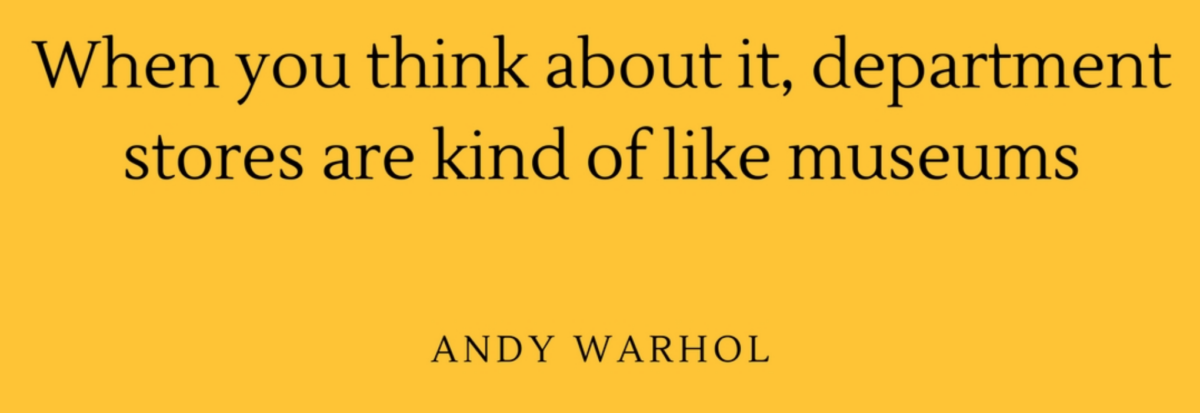
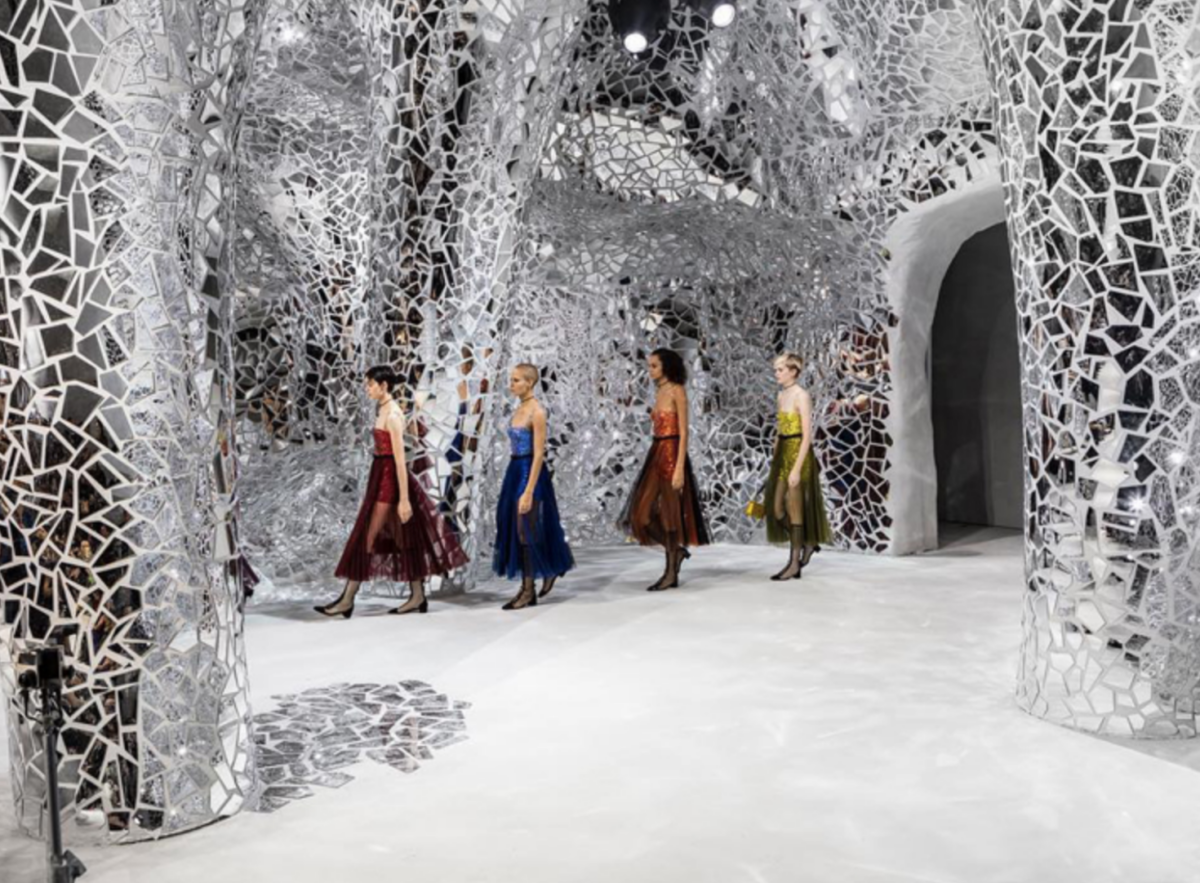
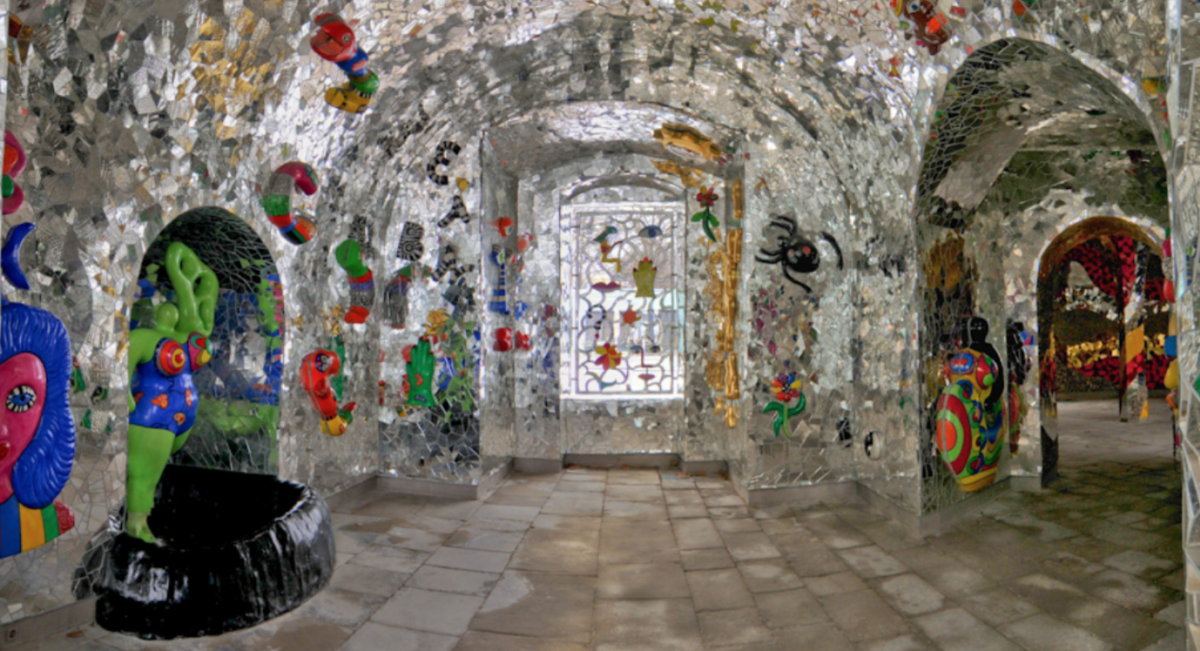
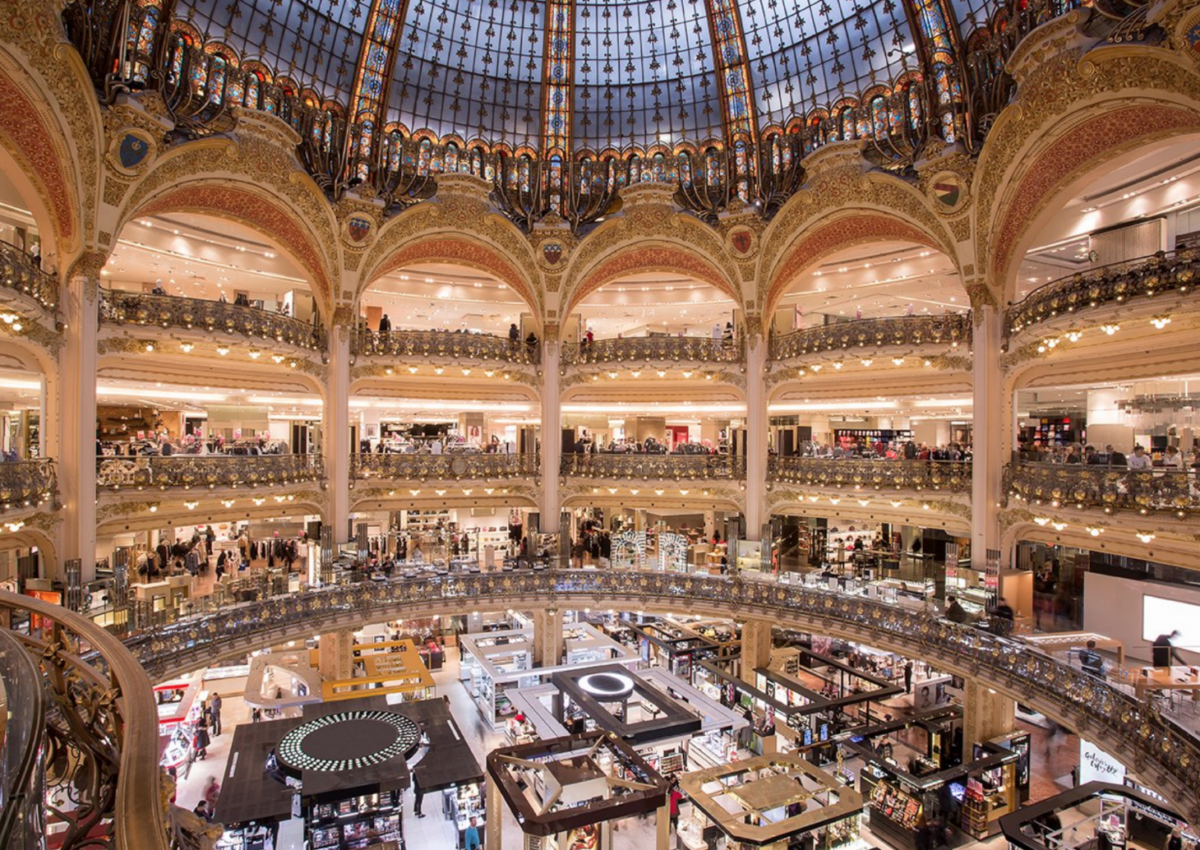


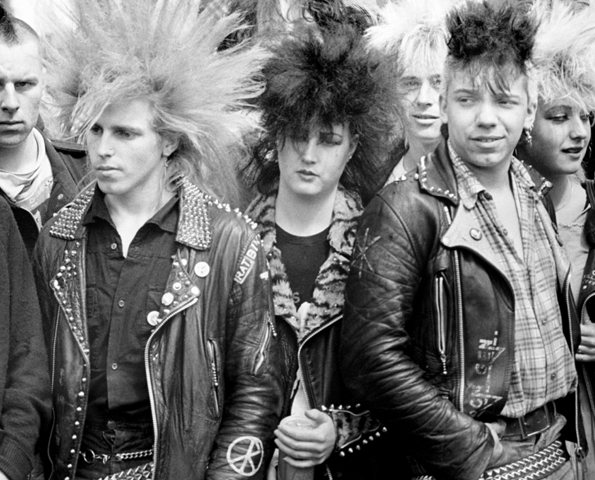

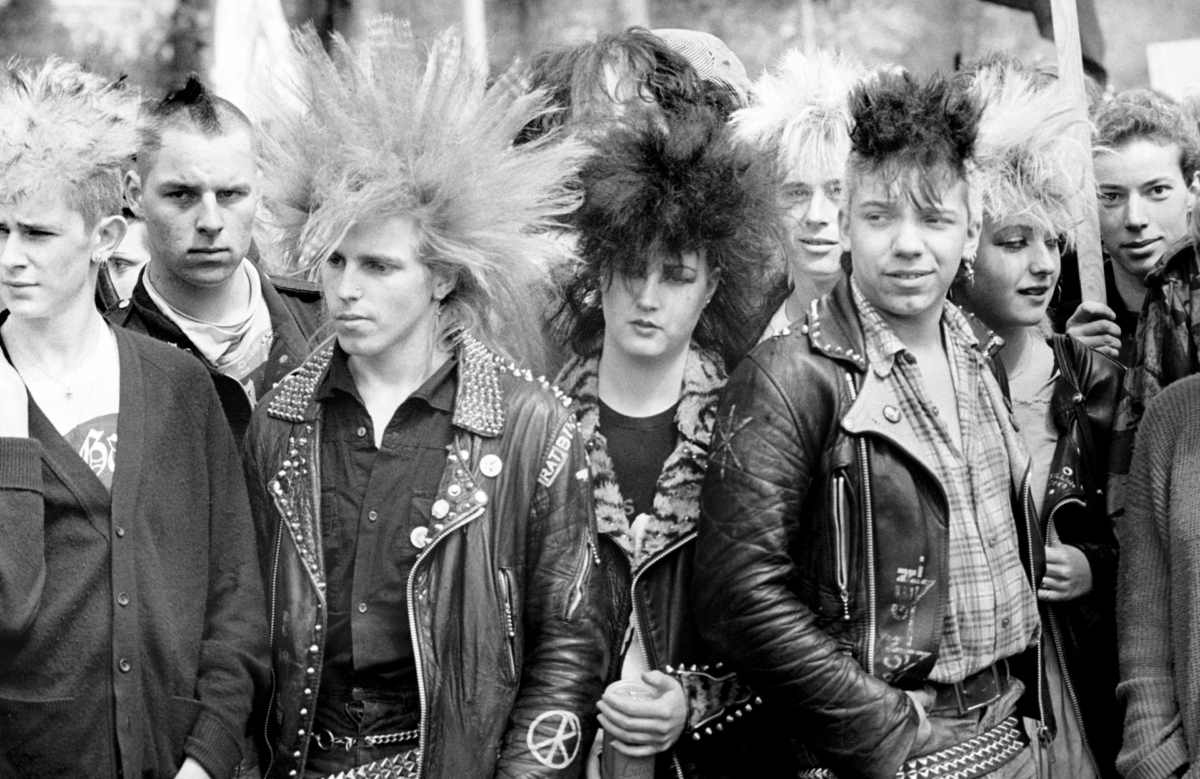
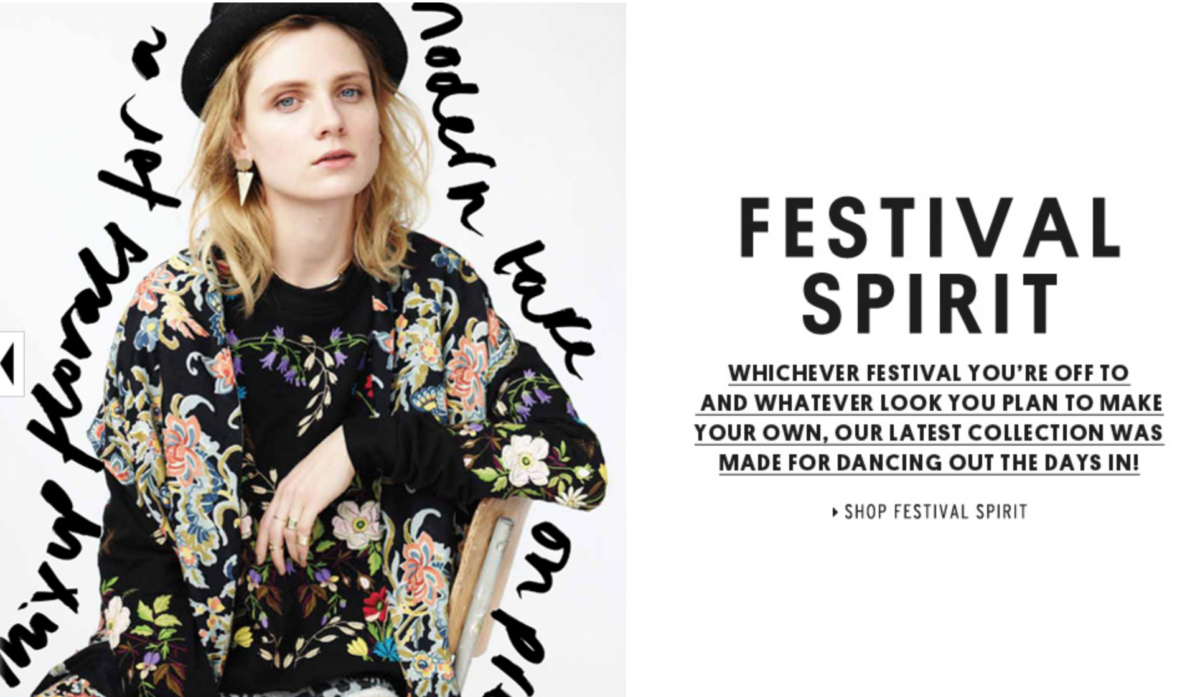



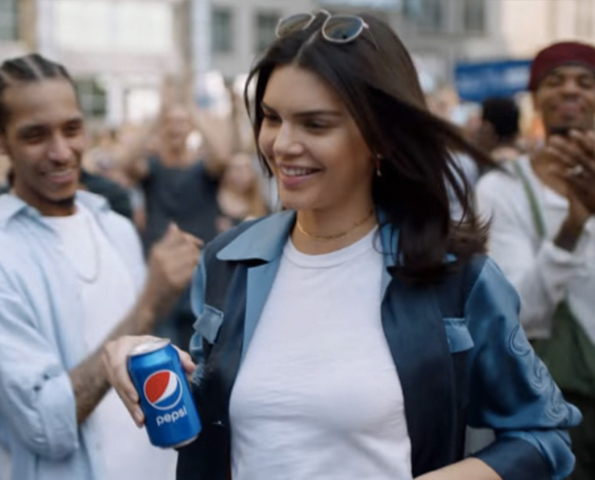



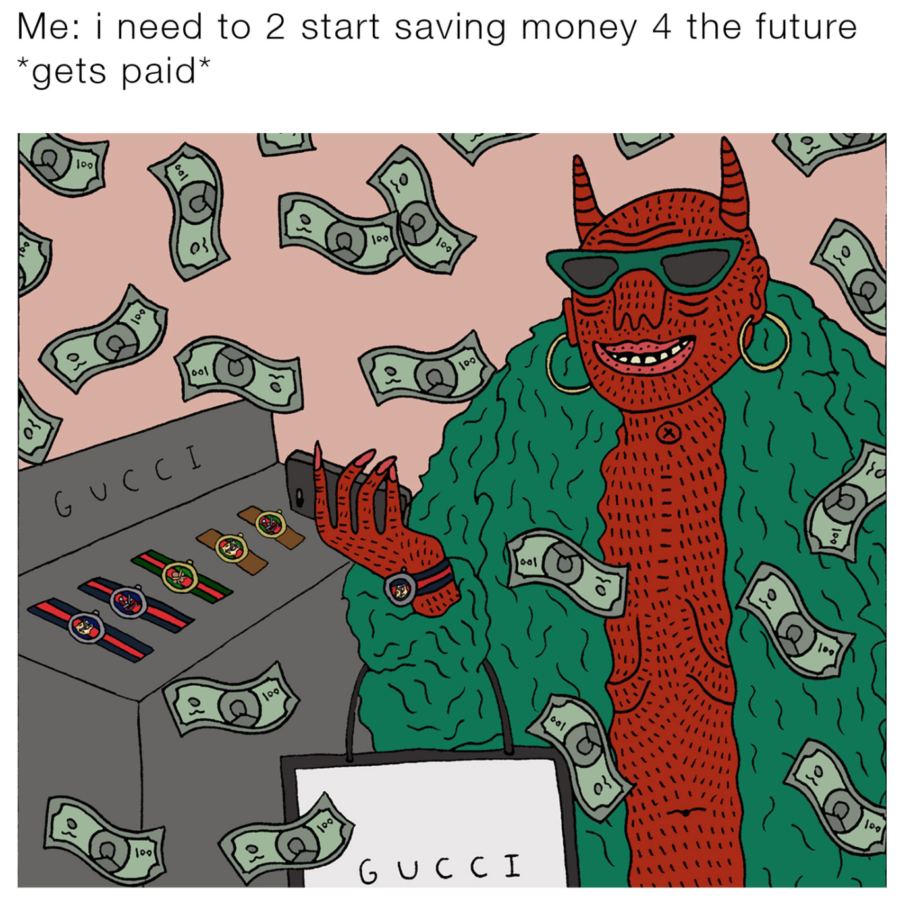
Recent Comments